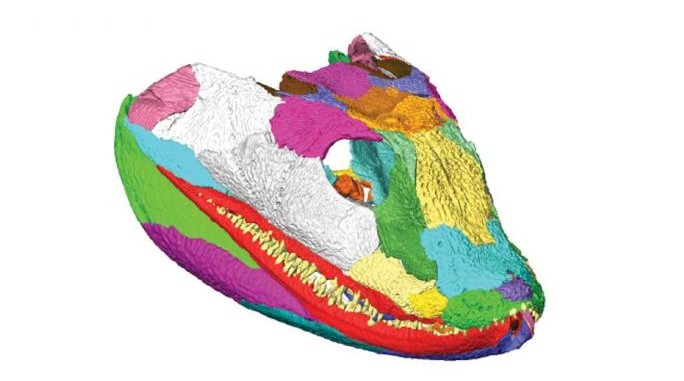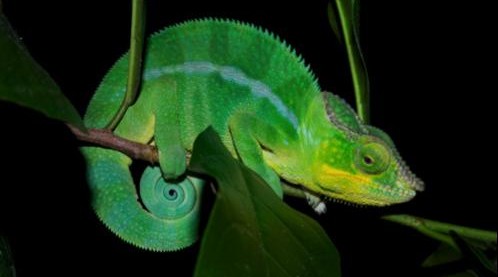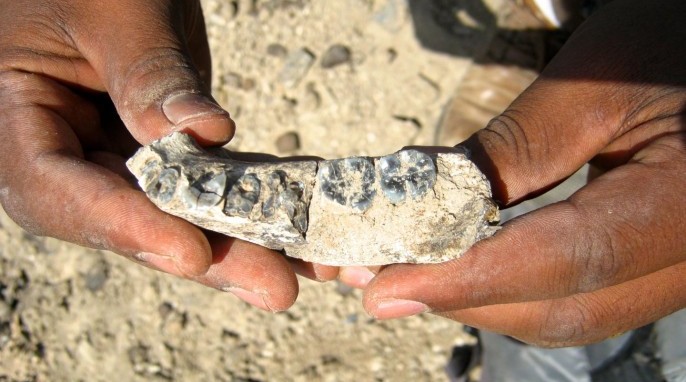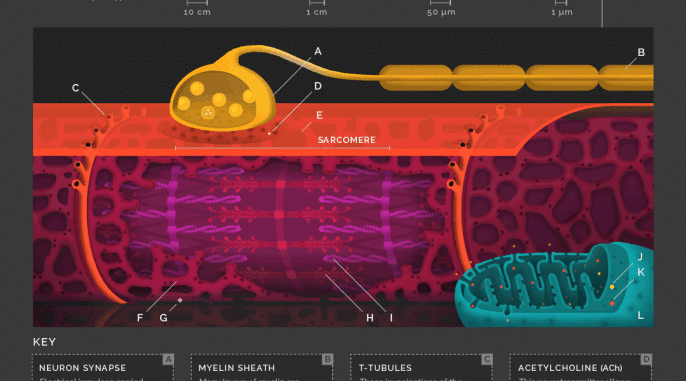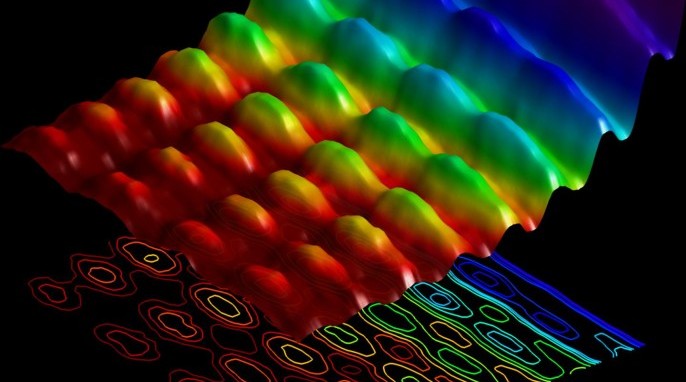Early Tetrapod Skull Looks like Crocodile
Our 360 million-year-old tetrapod ancestors may have been more like modern crocodiles than previously thought, according to a new 3D skull reconstruction from the University of Bristol, UK. Acanthostega gunnari was a “four-footed” vertebrate, also known as a tetrapod, that invaded land during one of the great evolutionary transitions in Earth’s history, 380-360 million years ago. Tetrapods evolved from lobe-finned fish and display a number of adaptations that helped them survive on land. “These new analyses provide fresh clues about the evolution of the jaws and feeding system as the…
Read More
